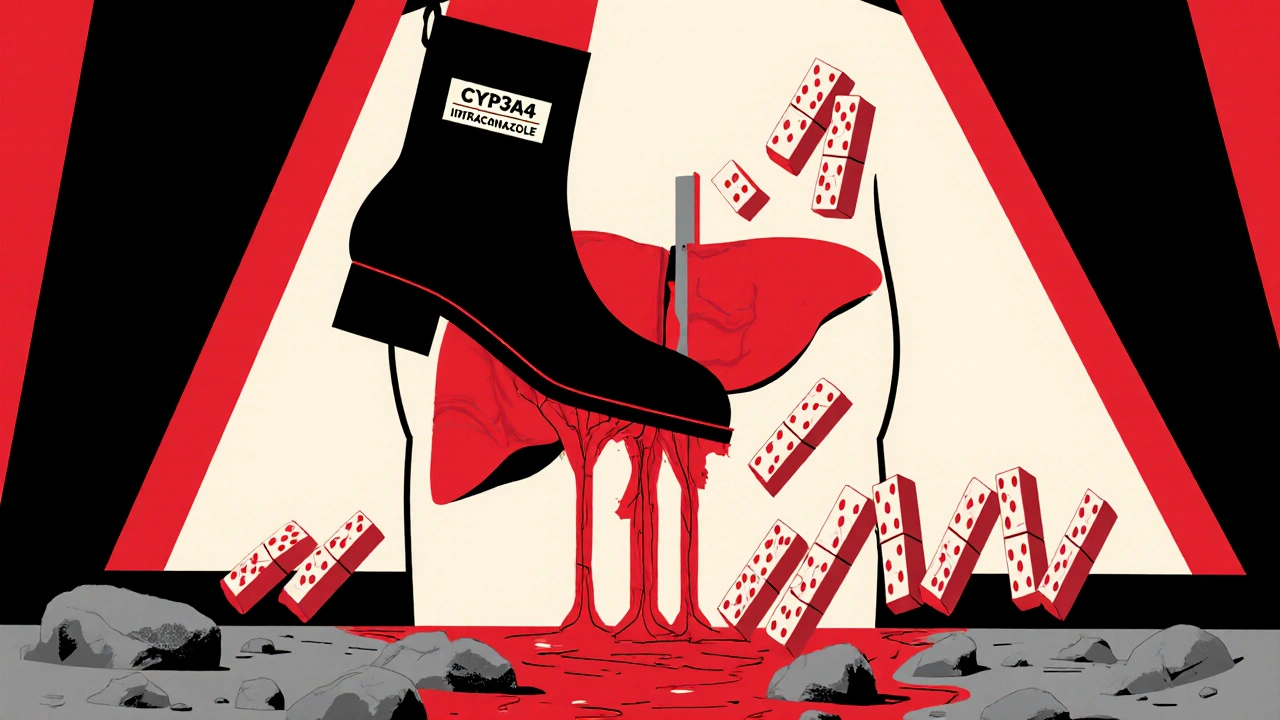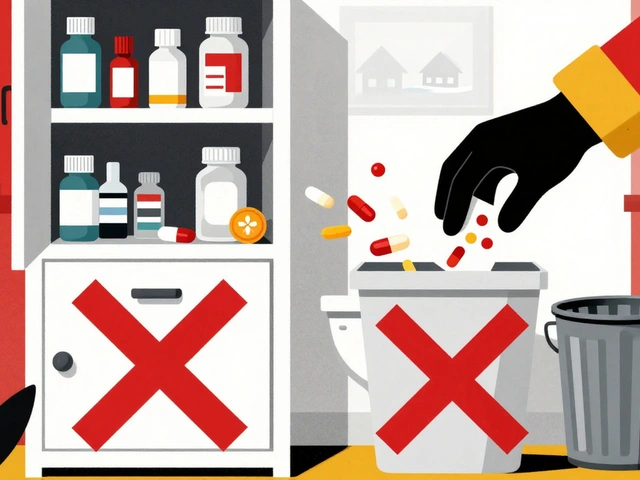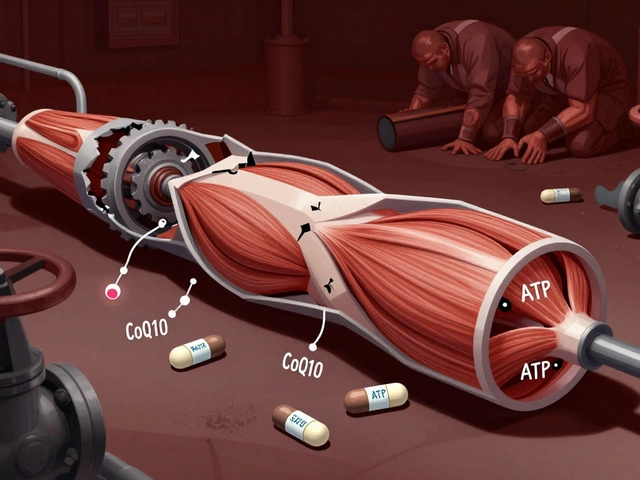Rhabdomyolysis: Causes, Risks, and Medications That Can Trigger It
When your muscles break down too fast, they release dangerous proteins into your bloodstream — that’s rhabdomyolysis, a medical condition where damaged skeletal muscle releases myoglobin and other toxins into the blood. Also known as muscle breakdown syndrome, it’s not just about soreness — it can crash your kidneys if ignored. This isn’t rare. It happens when muscles are pushed past their limit, but it’s also triggered by common medications you might be taking without realizing the risk.
Some drugs — like statins, cholesterol-lowering pills often prescribed for heart disease — are linked to rhabdomyolysis, especially when combined with other meds or in people with kidney issues. Cefuroxime, an antibiotic used for sinus and urinary infections, and carbamazepine, a seizure and nerve pain drug, can also contribute under the right conditions. Even something as simple as dehydration, intense exercise, or mixing alcohol with certain prescriptions can set off this chain reaction.
You might not feel it at first. Early signs? Dark tea-colored urine, extreme muscle pain, weakness, or swelling in your arms or legs. These aren’t normal post-workout aches. If you’re on any of these meds and notice these symptoms, don’t wait. Rhabdomyolysis can lead to acute kidney failure, heart rhythm problems, or even death if not caught early. The good news? Most cases are preventable with awareness and simple blood tests that check for elevated creatine kinase (CK) levels.
Below, you’ll find real-world guides from people who’ve dealt with drug side effects, kidney risks, and muscle damage. Some cover how antibiotics like cefuroxime interact with other treatments. Others warn about hidden dangers in common prescriptions — like how warfarin, citalopram, or metformin can pile up risks when mixed with other meds. You’ll see how swelling, kidney function, and genetic factors all tie into muscle breakdown. This isn’t theory. These are stories from patients and doctors who’ve seen what happens when rhabdomyolysis slips through the cracks — and how to stop it before it’s too late.

Statins and Antifungal Medications: How Their Interaction Raises Rhabdomyolysis Risk
Statins and certain antifungal medications can dangerously interact, increasing the risk of rhabdomyolysis-a life-threatening muscle breakdown. Learn which combinations to avoid, safer alternatives, and what to do if you're taking both.
read more




